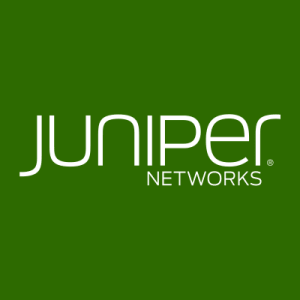The 128T Networking Platform (128T) natively provides network-based security, control, and insight across data centers, wide-area networks (WAN), and edge locations for enterprises, service providers, and cloud companies alike. 128T is reshaping the way organizations design, deploy, and operate real-world networks by making them dramatically simpler, smarter, and more secure — it’s going to fix the router — and ultimately the network — as we know it.
Get the
Routers Buyer's Guide and find out what your peers are saying about Juniper Session Smart Router, Fortinet FortiGate, Cato SASE Cloud Platform and more!
Juniper Session Smart Router is the #8 ranked solution in
top Routers and #12 ranked solution in
SD-WAN tools. PeerSpot users give Juniper Session Smart Router an average rating of 8.6 out of 10. Juniper Session Smart Router is most commonly compared to Fortinet FortiGate:
Juniper Session Smart Router vs Fortinet FortiGate. Juniper Session Smart Router is popular among the large enterprise segment,
accounting for 69% of users researching this solution on PeerSpot. The top industry researching this solution are professionals from a
manufacturing company, accounting for 16% of all views.




